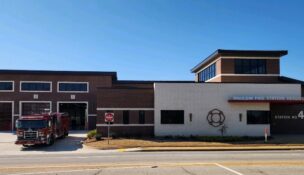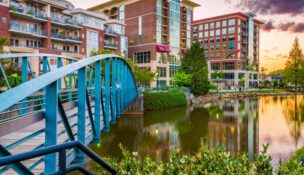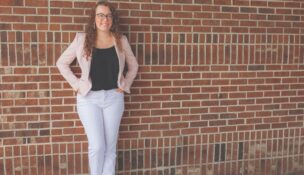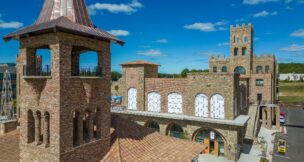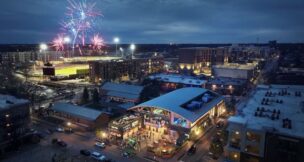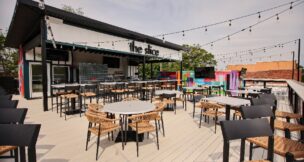Here’s the latest on the Cultural Corridor project in downtown Greenville
Krys Merryman //August 23, 2023//
Here’s the latest on the Cultural Corridor project in downtown Greenville
Krys Merryman //August 23, 2023//
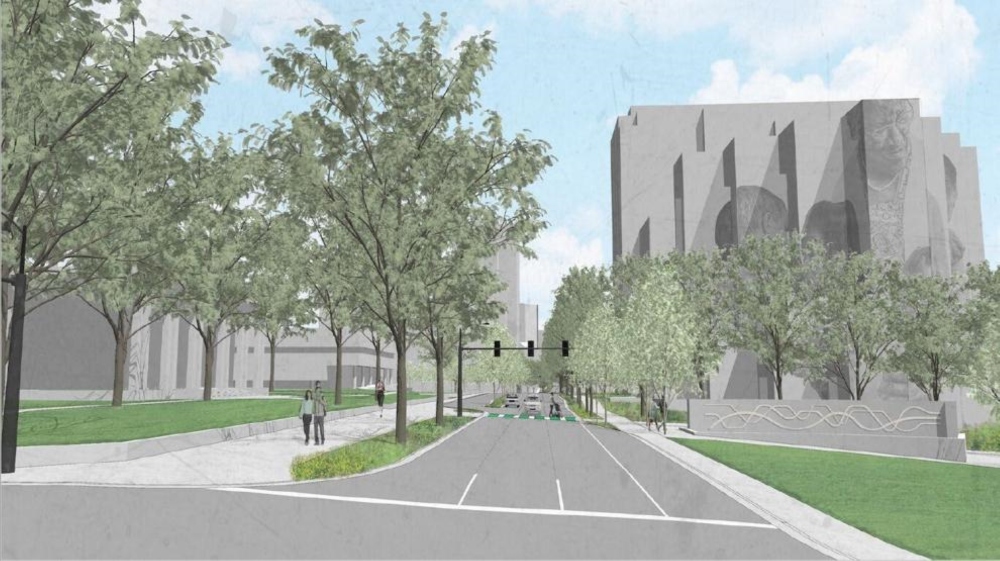 Greenville hopes to make its “cultural corridor” at Heritage Green more walkable and safer for pedestrians strolling downtown.
Greenville hopes to make its “cultural corridor” at Heritage Green more walkable and safer for pedestrians strolling downtown.
The Cultural Corridor is the section of College and Buncombe streets between Main Street and Heritage Green. Owned by the South Carolina Department of Transportation, this four-lane urban collector street carries an estimated average daily traffic of 13,400 vehicles per day, according to the city of Greenville.
The city is accepting bids from contractors on the project and related initiatives to improve vehicle traffic in the area, said Greenville’s Engineering Services Director Clint Link. The deadline for bids is Aug. 31.
Link expects to have a contractor selected and construction started this fall, and the streetscape project is anticipated to take about a year and a half.
One of the main goals of the project is to safely increase foot traffic in the art museum district.
“What we feel like this project is going to do is extend the pedestrian experience from Main Street over to the art museum district,” Link said. “This project has been in the works for a number of years, and we are excited to be at this point with bidding and moving into the construction phase. It’s going to be another major enhancement to our downtown area, and we would expect a lot of heavier pedestrian traffic once (it is) easier to get to the art museum district by foot.”
College Street is one of four significant growth areas that are changing the way Greenville’s downtown is functioning, but currently, it behaves like a highway, without adequate accommodations for pedestrian safety, urban uses, and high-quality place-making to create a successful environment for an expanding downtown, city officials said.
Both the downtown master plan and the downtown traffic master plan recommend improving pedestrian access and connectivity from the Heritage Green campus — a collection of museums, theater, and library — to the downtown core by adapting the out-of-date “through-street” design of College and Buncombe streets into an urban street that can accommodate vehicular traffic while providing multi-modal connectivity, safety and access.
The city hired the engineering firm HDR to design a road improvement project for the cultural corridor, which includes street resurfacing, landscaping, multi-use paths, traffic signal upgrades and street/pedestrian lighting.
Possible improvements include shortening the distance pedestrians must travel between curbs, timing the signals to ensure pedestrians can cross safely without having conflicts with turning traffic, and a shared-use path that will be available to pedestrians and recreational bicyclists. Other goals of the project include:
- Revitalize economic growth along the corridor
- Encourage drivers to utilize Academy Street as a downtown bypass
- Provide/enhance pedestrian and bicycle mobility between Main Street and Heritage Green
- Implement recommendations from the downtown master plan and downtown traffic master plan
Greenville Mayor Knox White said in the project’s web video that when the art museum district was first envisioned many decades ago, people thought differently about what it means to be connected to downtown.
“And today, it seems very disconnected,” he said. “There are many people visiting or even locals who just want to park in downtown and then walk over to the museum district, but you just can’t do it. You lose the green in Greenville when you walk toward the art museum district, and that’s really what downtown Greenville is all about, so that’s what’s going to change in this project.”
It will be walkable and pedestrian-friendly with natural and safe connections, and “green and beautiful like the rest of downtown,” White added.
There is a separate project in downtown Greenville working in conjunction with the Cultural Corridor project — the Academy Bypass project, said Link.
At multiple intersections of Academy Street, engineering services has been working with the in-house traffic engineering department to address and improve traffic flow and more efficiency along Academy Street. This includes traffic signals, and the communications and synchronization of the signals, said Link. The intersections are Academy and Church streets, Academy and E. North streets, and Academy and Elford streets.
Work has already begun on the Academy and Church streets’ intersection, but bids for the remaining two intersections will be accepted until next month. These will take three to four months each to complete, said Link.
These improvements are meant to work concurrently with the Cultural Corridor project, because the city feels it will be beneficial to the project to relieve some of this vehicle traffic, Link said.
Link said that although there aren’t any concrete plans to add onto the Heritage Green area with additional museums and art centers at this time, there has been talk about potential projects in the business district in the future.
C





